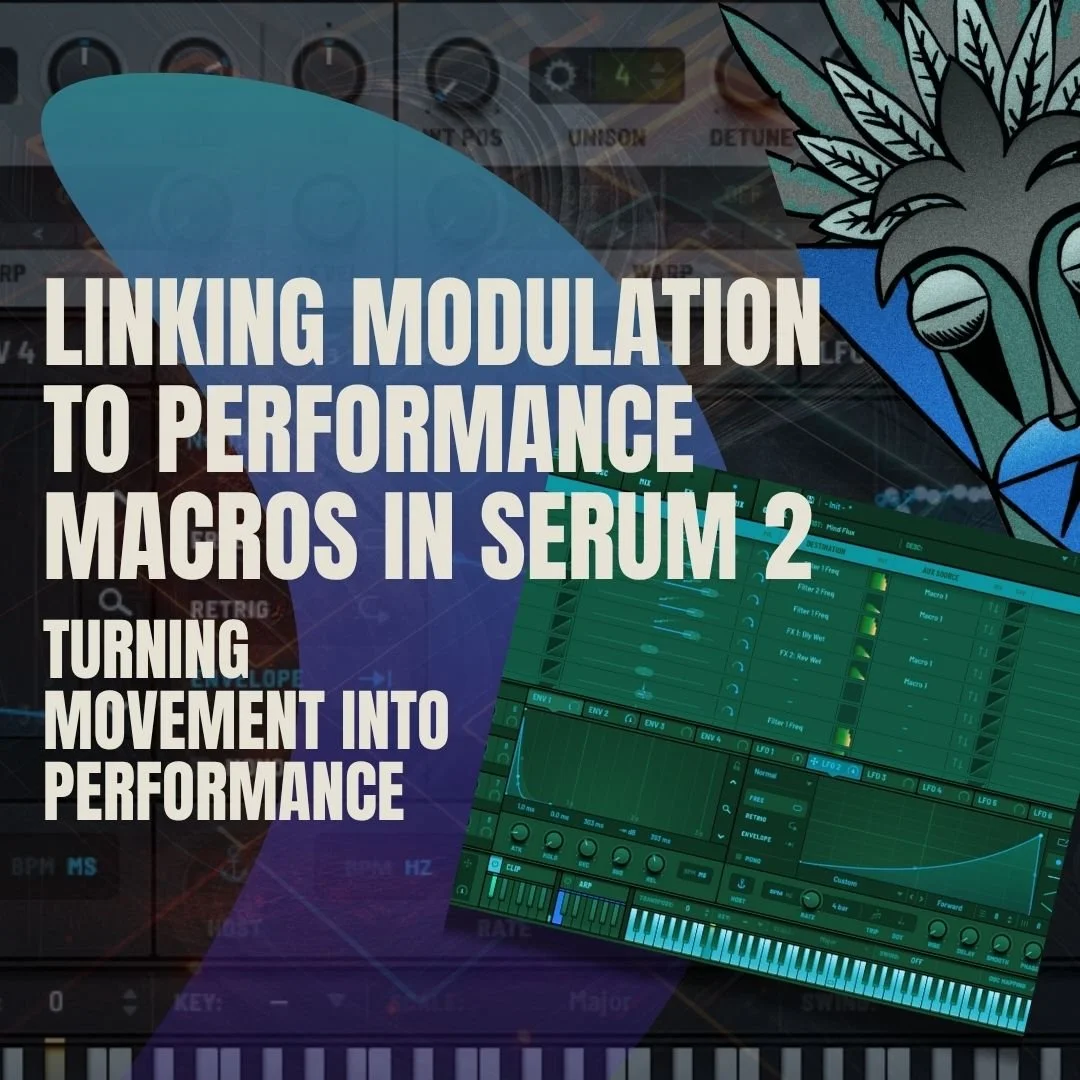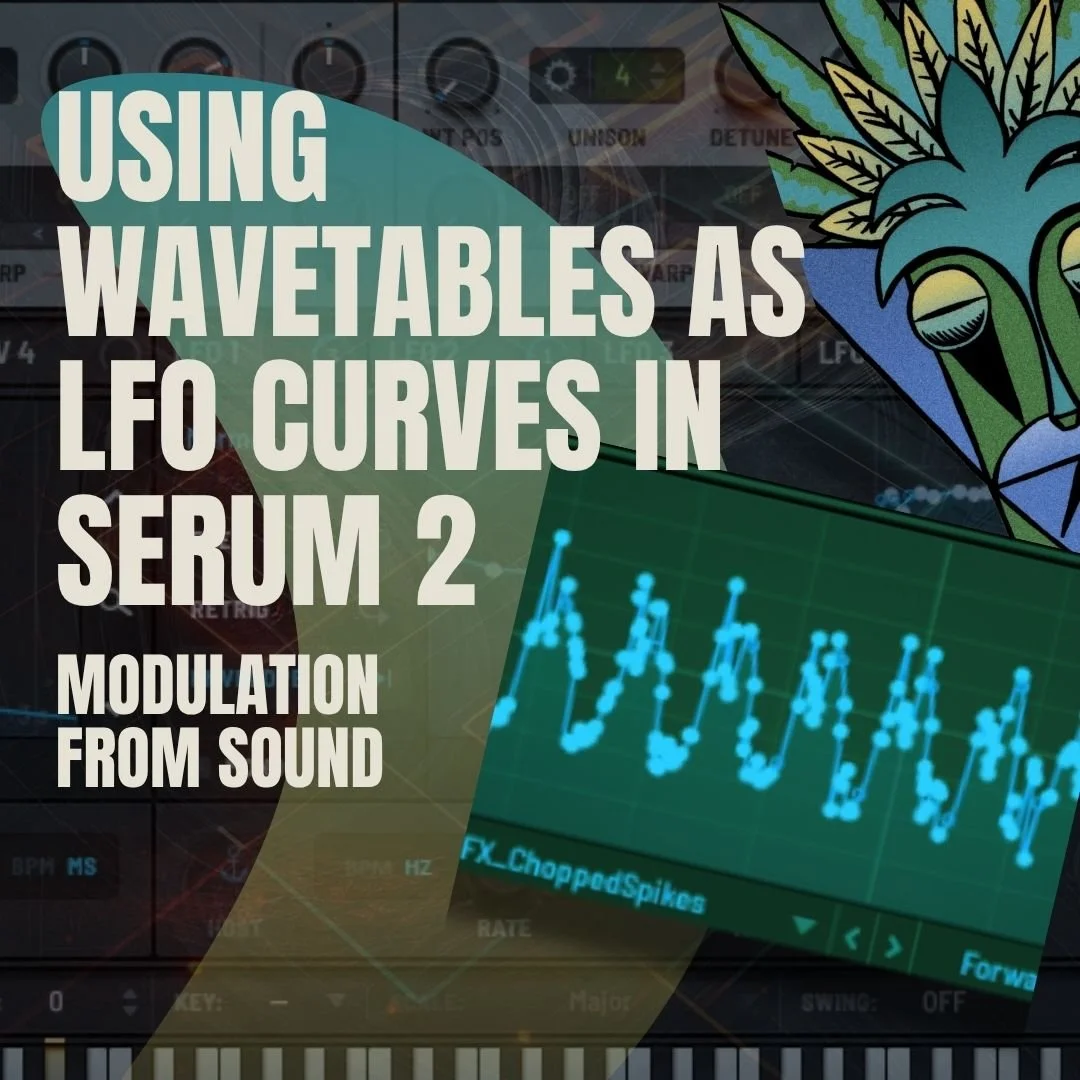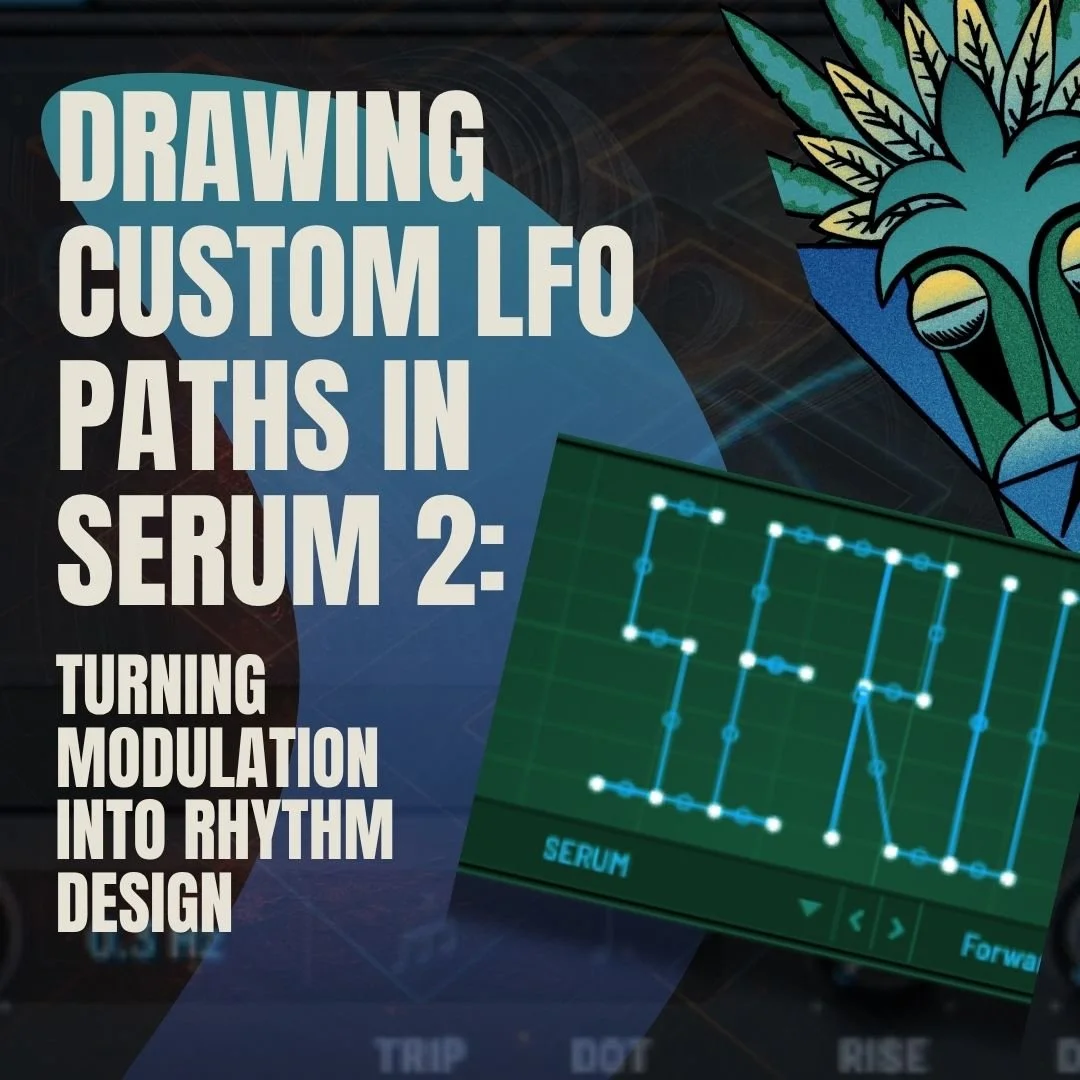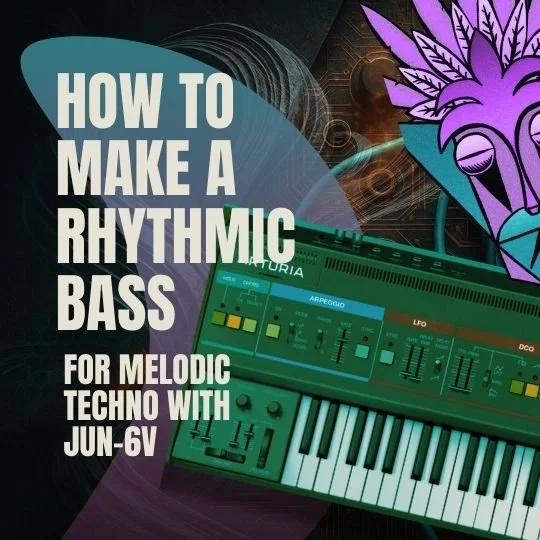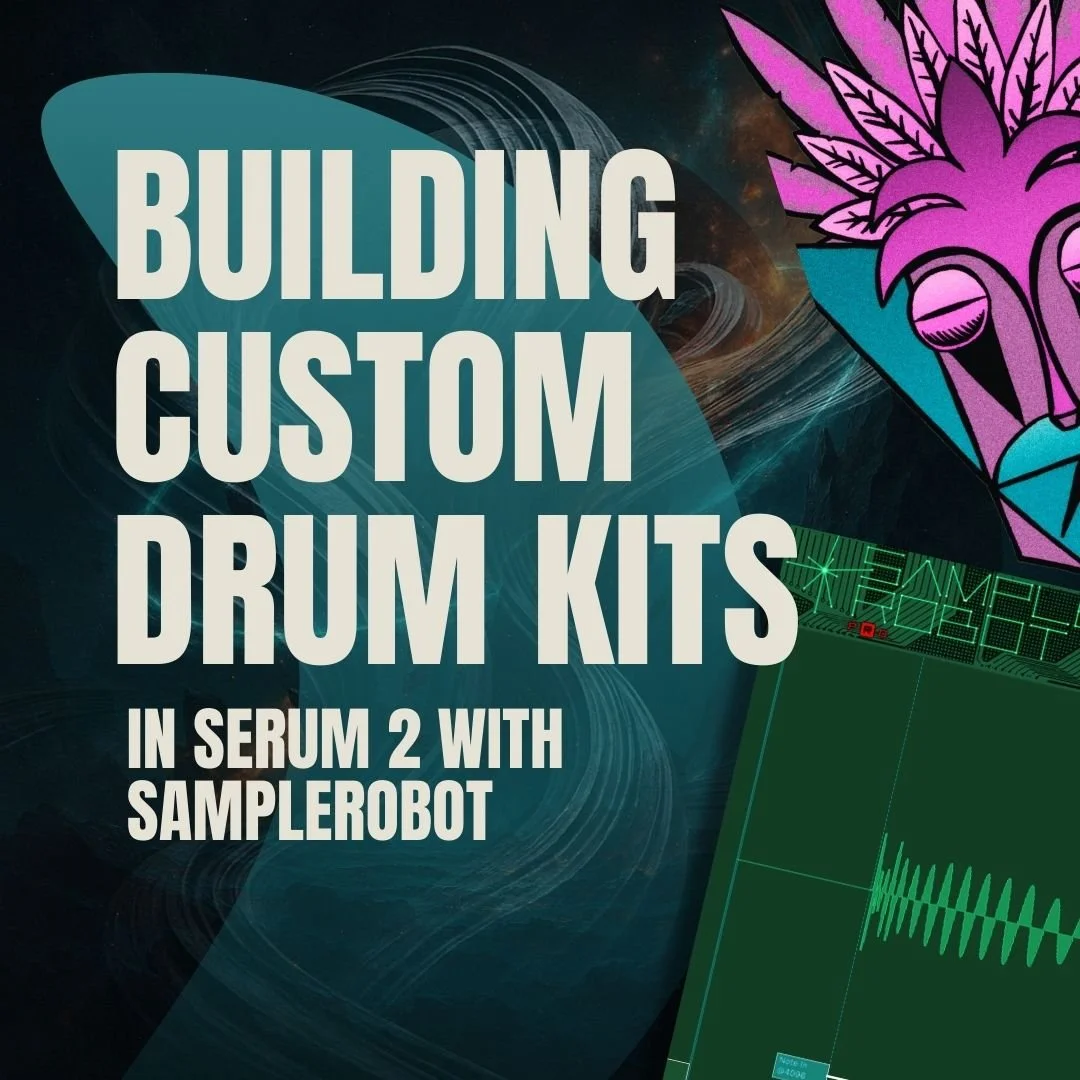5 Tips: Unique Drums In Ableton
When it comes to electronic music, the drums are one of the most important elements. They provide the foundation for the entire track and can make or break the production. It's crucial to have big, fat drums that cut through the mix and get people moving on the dancefloor. In this post, we've gathered together five of our best videos that will help you achieve just that.
First up, we have a tutorial on layering drum samples. Layering is an essential technique for getting big, fat drums that have a lot of impact. We'll show you how to layer different samples together to create a powerful and dynamic drum sound.
Next, we have a video on using saturation to fatten up your drums. Saturation is a great way to add warmth and character to your drum sounds. We'll show you how to use different types of saturation plugins to achieve different types of drum sounds.
Third on our list is a tutorial on EQing drums. EQ is an essential tool for shaping the frequency balance of your drums. We'll show you how to use EQ to enhance the low end, boost the midrange, and add sparkle to the high end.
Our fourth video is all about compression. Compression is a powerful tool for controlling the dynamics of your drums and making them sound bigger and fatter. We'll show you how to use compression to add punch and sustain to your drum sounds.
Finally, we have a tutorial on using reverb and delay to create a sense of space and depth in your drum mix. Reverb and delay can be used to add a sense of ambience and create a more immersive listening experience. We'll show you how to use these effects to create a spacious and dynamic drum sound.
In summary, these five videos cover a range of techniques for getting big, fat drums in electronic music. By layering samples, using saturation, EQ, compression, and effects like reverb and delay, you can create drums that have impact, character, and depth. With these techniques in your toolkit, you'll be well on your way to creating killer drum sounds that will keep people dancing all night long.
Techno Sub Rumble
In techno, a lot of the time the sub rumble is created with time-based effects like reverb and delay. This is great for getting huge sub lines, that can either follow your kick or take on a life of its own .
In this example, we will be using Ableton’s great convolution reverb. It has a lot of amazing algorithms giving you pads, textures, rumble and all sorts of unique effects.
We have also created a techno rumble maker which you can download bellow
Founds Sounds
In music this can sound a little too common when everyone is using the same sounds 909’s 808’s etc. So set up your mic and record everything around you, from the kitchen pots & pans, office sounds and all manor of other items. Our favorite is bubble wrap. You can make a whole drum kit from just that
Add Movement
In electronic music your drum loops can sound… well to looped. To solve this try adding some time based effects (make sure they have a LFO, this adds the movement) like chorus, phaser and flangers. Once you have your settings use your LFO on a slow rate with a sine wave to move the sound slowly.
Random Techno Percussion
Again we are going to look at using time based effects (echo in this case, since it has a great modulation section) to create some new sounds that we can slice up and resequenced.
If your delay sound not have a LFO use max for lives (or your DAWs LFO or automation if it doesnt have a LFO)
Euclidian Loops in Ableton
Its not just sounds that can sound too common but the pattern can do to. So why not try some unique sequencers. Ableton’s max for live is perfect for this. One of our favs is the euclidean sequencer by Alkman. You can use not only drums but on your lead lines, bass lines, and melodies.
Closing
As you can see with Ableton Live and Max for live you have all the power you need to help you make unique drum sounds and loops that will help you develop your own sound. Which in turn will make you as a producer stand out.
- 808 hihats
- ableton
- Acid
- Acid Techno
- Acid V
- analog techno
- Arturia
- Arturia Acid V
- audio effect
- bass
- beat
- blog
- chord
- course
- dark techno
- drum
- drum mixing
- drum sound design
- drum synth
- drums
- dub techno
- effect
- EQ
- free
- free loops
- free music
- free sample pack
- freebie
- fx
- grain delay
- hats
- house
- how to
- kick
- kick drum
- learn
- loop
- maschine
- massive x
- microhouse
- minimal
- mixing
- mixing bass and kick
- mixing tips
- moog
- native instruments
- operator
- perc
- percussion
- preset
- raw dark techno
- raw techno
- sample pack
- snare
- sound a like
- sound design
- sounds
- star wars
- synth
- synthesis
- tech
- tech house
- techno
- techno kick
- techno mixing tips
- techno production
- tips & tricks
- top
- trap
- tutorial



